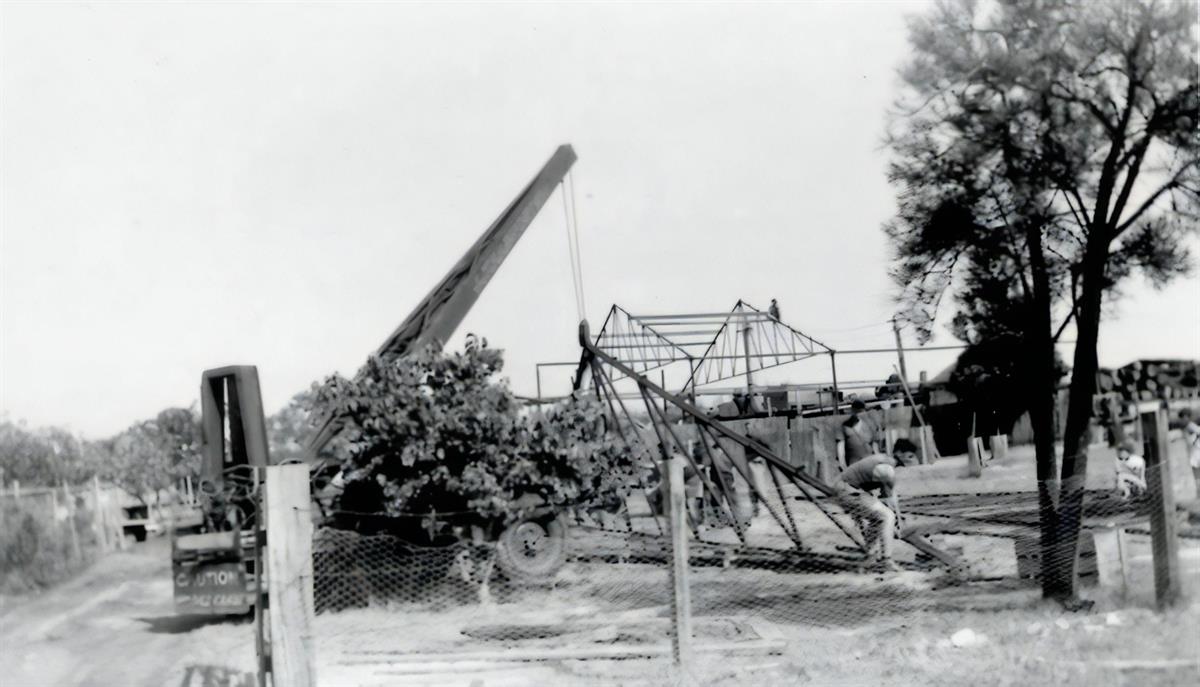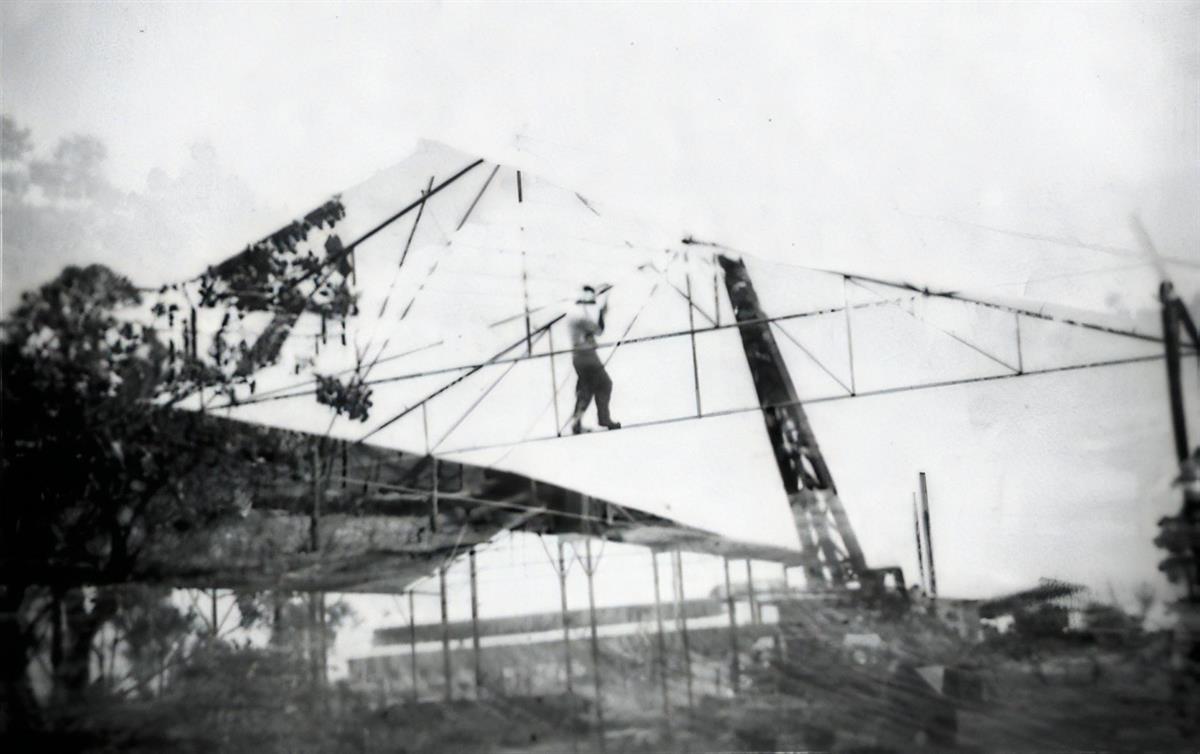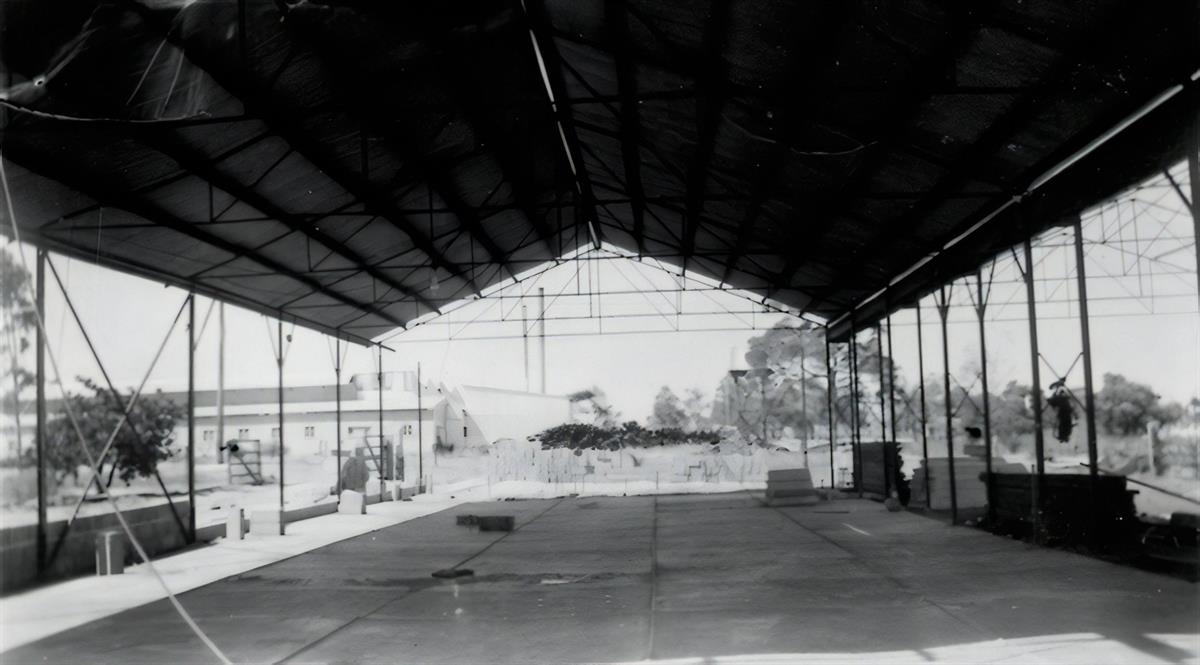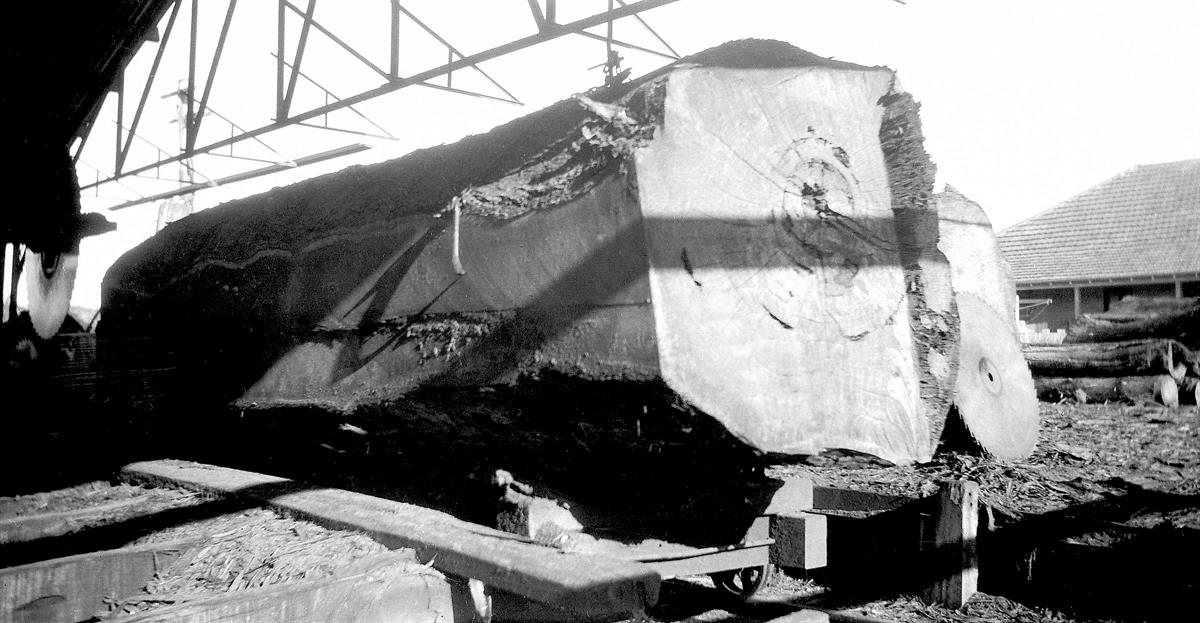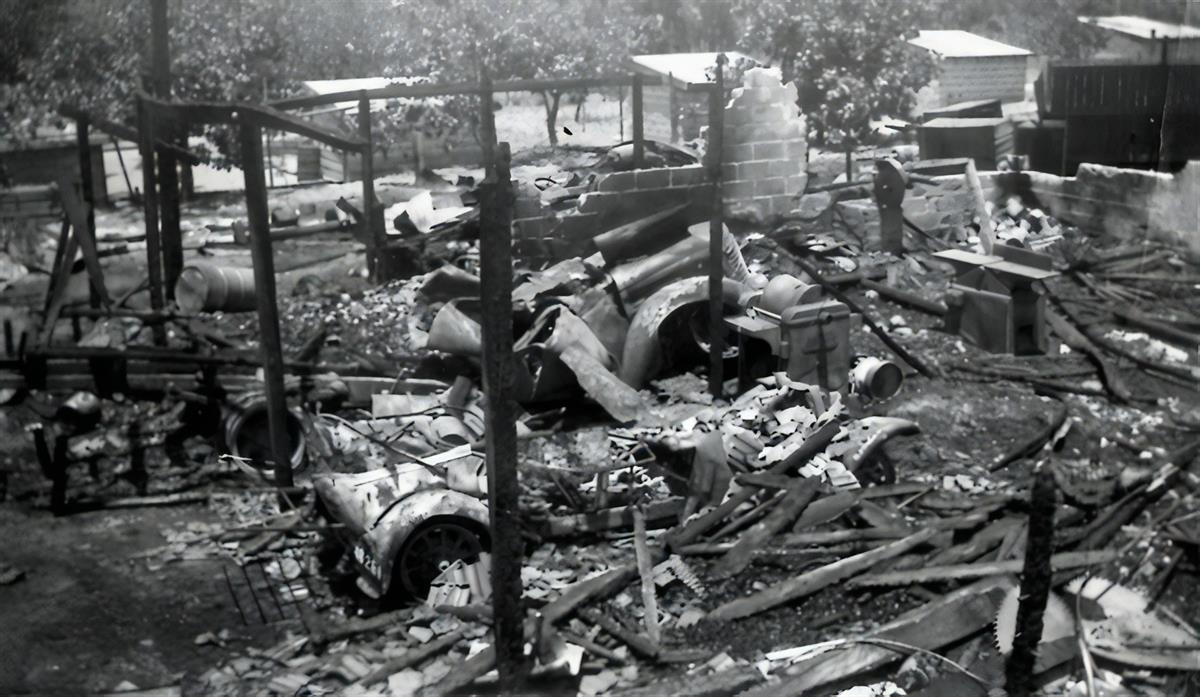

Blog Posts
Previous Index Next
Previous Index Next

Wool Shed Kitchen - Copyright 2021 Maxwell Jefferies

Max's Blog
from the
shed floor
from the
shed floor
21st February 2023
My Life Story - episode 3 - Building the Saw Mill & Fires
My Life Story - episode 3 - Building the Saw Mill & Fires
History, heritage, biography.
Images expand on click.
Images expand on click.
________________
Stay tuned for Episode 4 - The family grows - two girls, then two boys.
I am the youngest sibling, the 'baby' of the family, even at 73 years old.
Have an awesome day! Cheers, Max.
Stay tuned for Episode 4 - The family grows - two girls, then two boys.
I am the youngest sibling, the 'baby' of the family, even at 73 years old.
Have an awesome day! Cheers, Max.


Blog Posts
Previous Index Next
Previous Index Next
Wool Shed Kitchen - Copyright 2021 Maxwell Jefferies
Max's Blog
from the shed floor
from the shed floor
In the late 1930s - early 1940s, my father, with his brother Owen, built their own sawmill at the back of our house. It was operating in the open, and over a few years, they built the roof, sawdust extraction system, saw sharpening workshop, timber off-cuts hopper, etc.. All this was done with whatever they could buy cheap or scrounge, and very hands-on.
The photo above would have been taken with our house back fence behind the photographer. Just off to the right was the machanical workshop, made from home-made cement bricks, and off to the left was the house that the Grigo family rented/bought (not sure of which).
They seem to have a lot of "mates" to give them a hand at times, and usally ended the day on our back lawn with brown bottles of Swan Lager beer. My dad was often down the Basso Pub or at the members sports club of the Swan Districts Football Club, an Aussie-rules suburban club of our capital city, Perth, in Western Australia.
Once the sawmill roof and other structures were complete, Gordon (my dad) and Owen built two factory units at the back, coming off the side street, and sold them off to a furniture business.
In the above photo, you can see the waste paper recycler on the other side of Katanning Street, a great place to get all sorts of drawing paper for school projects!
The jarrah logs were delivered by contractors to the sawmill. During the 1940s and 1950s, the jarrah forest around the back of Mundaring Weir in Western Australia was heavily logged. The jarrah forest, named after the jarrah tree, a species of eucalyptus tree, is found in the southwest region of Western Australia, which is known for its rich timber resources.
The logging of the jarrah forest was a major industry in the region, and it provided employment for many people. The trees were cut down and transported to sawmills, where they were processed into timber products such as flooring, furniture, and construction materials. There was another small sawmill just down Katanning Street, about a half kilometre.
The logging of the jarrah forest was a major industry in the region, and it provided employment for many people. The trees were cut down and transported to sawmills, where they were processed into timber products such as flooring, furniture, and construction materials. There was another small sawmill just down Katanning Street, about a half kilometre.
After a number of years of operation, the first fire came, either started by sparks from sharpening the blades, cigarette, or whatever. It smoldered through the early evening and took hold late that night.
In the above image you can see our house in the background on the far right.
The logs were winched on to a trolly on steel rails, anchored down, and sent back and forth through twin 48" saw blades, then the slabs were dropped down into other saws for more processing.
Total devastation for a newly married couple. The image below of my parents, was headline news in the evening Daily News paper that day. Irene and Gordon lost everything except the house and machine shed near the house.
So what do you do? Start again.
They rebuilt the sawmill which operated for a number of years, until it burnt down again.
They did not have insurance, so sold off some land, got a loan and started again, the third time. However, this was not viable, so they sold the lot to pay the debts, and went into the firewood business, rented a house which had a vacant block attached for the woodyard, about a kilometre down the road from the burnt-out mill, on the border of Ashfield.
They rebuilt the sawmill which operated for a number of years, until it burnt down again.
They did not have insurance, so sold off some land, got a loan and started again, the third time. However, this was not viable, so they sold the lot to pay the debts, and went into the firewood business, rented a house which had a vacant block attached for the woodyard, about a kilometre down the road from the burnt-out mill, on the border of Ashfield.
.













